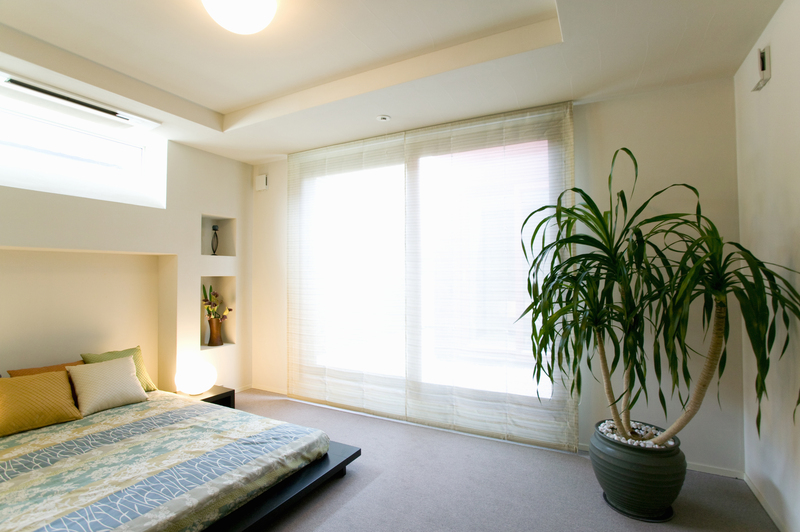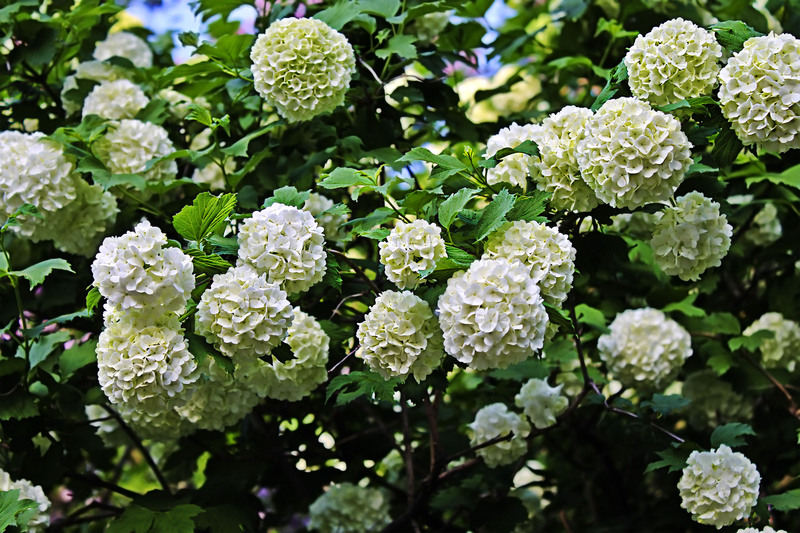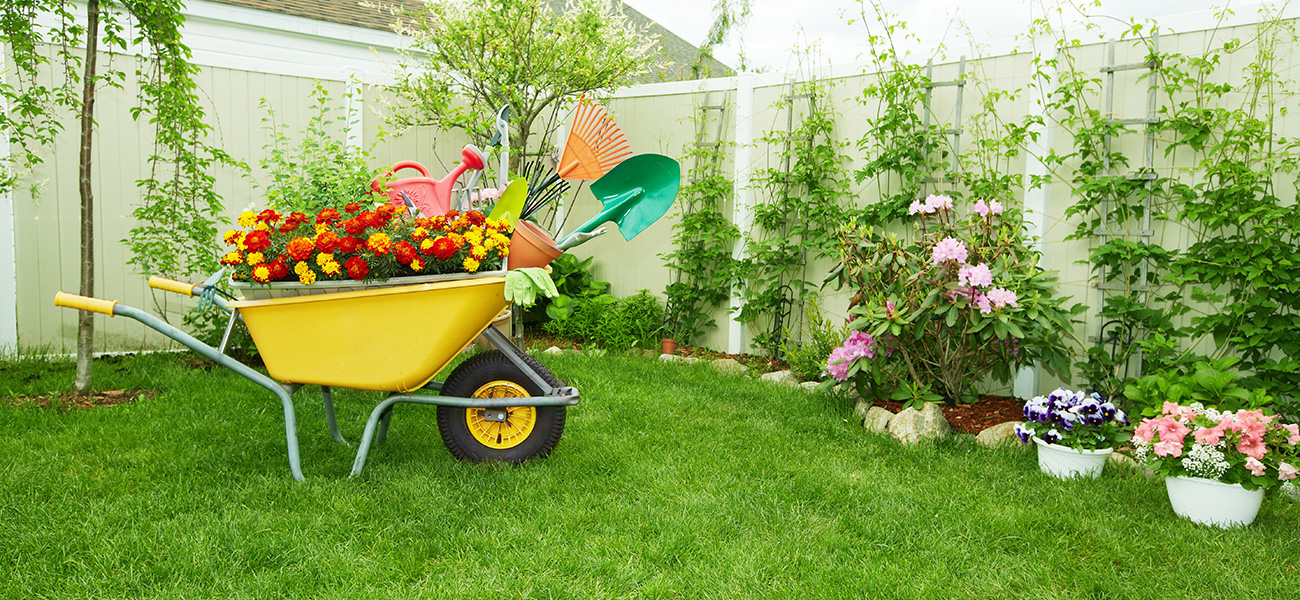Gardening in Harmony with Your Canine Companion
Posted on 26/05/2025
Gardening in Harmony with Your Canine Companion
The Joy of Gardening Alongside Your Dog
For many pet owners, a backyard garden is more than just a place to grow vegetables and flowers--it's a shared sanctuary for relaxation, exploration, and play. When you have a furry four-legged friend, creating a dog-friendly garden is essential. Gardening in harmony with your canine companion means designing and maintaining outdoor spaces that meet both your needs and your dog's instincts, ensuring beauty, safety, and happiness for all.
This comprehensive guide will help you learn how to grow a thriving, attractive garden that supports your dog's well-being. We'll look at everything from safe plant selection to clever landscaping ideas, keeping in mind the unique bond between gardeners and their canine companions.

Understanding Your Dog's Natural Behaviors in the Garden
To create a dog-friendly backyard oasis, start by recognizing how your dog interacts with nature. Dogs are naturally curious creatures. They love to sniff, dig, explore, and sometimes even sample plants. Knowing your dog's habits--such as favorite spots for napping or routes for patrolling--helps you anticipate potential challenges and design a garden that accommodates both your plants and your pup.
Benefits of Gardening with Your Dog
- Physical Activity: Spending time outdoors together offers exercise for both you and your dog.
- Mental Stimulation: Exploring a garden can satisfy your dog's natural curiosity and prevent boredom.
- Bonding Time: Gardening side-by-side strengthens your relationship.
Designing a Dog-Proof, Dog-Friendly Garden
Whether you're starting from scratch or renovating your existing landscape, follow these tips to foster harmony between gardening and pets.
1. Choose Pet-Safe Plants and Avoid Toxic Ones
One of the most critical steps in gardening with dogs is to select non-toxic greenery. Many popular plants are dangerous for dogs if ingested. Some common toxic plants include:
- Oleander
- Azalea
- Daffodil
- Foxglove
- Tulips
- Lilies
Instead, consider these safe options:
- Sunflowers
- Snapdragons
- Roses (thornless varieties are best)
- Marigolds
- Basil
- Blueberries
- Thyme
Always reference the ASPCA's toxic plant list or consult your veterinarian before planting anything new.
2. Create Designated Dog Paths and Zones
Your dog will naturally carve out routes through your garden. Instead of fighting this instinct, incorporate winding paths made with soft mulch, gravel, or flagstones, allowing your pup to patrol without trampling precious plants.
- Paths: Place paths around the perimeter or through 'dog-approved' zones. This satisfies their instinct to explore and helps protect flower beds.
- Play Areas: Dedicate a section for games like fetch. Grass or artificial turf works well for these zones.
- Digging Pit: If your dog loves to dig, create a sand or soil pit. Train your canine companion to use this special spot to save your garden beds from becoming excavation sites.
3. Use Durable, Safe Garden Materials
Gardening with your canine companion means choosing robust and safe materials that stand up to wear and are safe for paws:
- Mulch: Avoid cocoa mulch, which is toxic to dogs. Pine, cedar, or untreated wood chips are safer alternatives.
- Fencing: Secure borders prevent escapes and keep dogs away from off-limits areas. Opt for sturdy, splinter-free materials.
- Raised Beds: Protect fragile plants or edible crops by installing raised beds, which deter trampling and digging.
4. Ensure Shade and Water Access
Dogs can easily overheat, especially in summer. Gardening in harmony with your canine companion includes providing shady spots for rest and plenty of fresh drinking water.
- Shade Structures: Trees, pergolas, or large shrubs can create cool retreats.
- Water Bowls or Fountains: Place clean water bowls or even a pet-friendly fountain in accessible locations.
Managing Common Challenges While Gardening With Dogs
Dealing with Digging, Chewing, and Playful Destruction
Even the best-behaved dogs can sometimes uproot plants, chew leaves, or dig up flowerbeds. Here are strategic solutions for common canine gardening dilemmas:
- Reinforce Boundaries: Use low fencing or decorative barriers to shield vulnerable areas.
- Provide Distractions: Plenty of toys and regular playtime help deter boredom-induced garden mischief.
- Training: Redirect digging or chewing to a 'legal' digging spot or provide chew toys. Use positive reinforcement for good behavior.
- Bitter Sprays: If certain plants attract biting or chewing, non-toxic deterrents can make them unappetizing.
Protecting Vegetable Gardens and Delicate Flowers
Edible gardens are especially tempting for dogs who love to nibble. Protect your investment with these tips:
- Install Raised Beds: Elevate veggies and herbs to put them out of paw's reach.
- Use Chicken Wire or Netting: Surround young plants with gentle, temporary barriers until they're established.
- Employ Scent Deterrents: Place citrus peels, coffee grounds, or vinegar-soaked cloths strategically to discourage dogs from entering certain zones. Dogs dislike strong or bitter odors.
Organic, Pet-Safe Gardening Practices
To truly enjoy harmonious gardening with dogs, practice organic and non-toxic gardening methods:
- Avoid Chemical Pesticides: Choose pet-safe and earth-friendly alternatives, such as neem oil or insecticidal soap.
- Compost Carefully: Keep compost bins secure--some food scraps and decomposing material can harm pets if ingested.
- Mulch Mindfully: Never use cocoa mulch, and ensure any mulch or soil amendments are pet-safe.
Natural Pest Control for Pet-Friendly Gardens
While pesticides and herbicides may seem like a quick fix for pest problems, natural solutions are safer for dogs. Try these humane options:
- Encourage beneficial insects, such as ladybugs and lacewings, to combat aphids.
- Use diatomaceous earth around plants (ensure it's food grade and used safely).
- Plant pest-repellent herbs like basil, mint, or lavender.
- Hand-pick pests or use water sprays to remove them.
Incorporating Fun Features for Canine Enjoyment
Enhance your dog's outdoor experience with these creative landscaping ideas:
- Sensory Garden: Add non-toxic fragrant herbs (like rosemary or thyme) and textured grasses for sniffing and gentle exploration.
- Water Play Zone: Install a simple splash pad, dog pool, or shallow water feature for enrichment during hot days.
- Agility Obstacles: Create tunnels, ramps, or log piles for your energetic pup to enjoy.
- Cozy Nooks: Add a covered dog house or outdoor bed for comfy lounging.
Seasonal Considerations While Gardening with Dogs
Throughout the year, your gardening practices should adapt to seasonal changes to keep your garden and dog safe:
Spring & Summer
- Allergy Awareness: Some dogs react to grasses or pollen; watch for signs of sneezing, scratching, or licking and consult your vet if symptoms appear.
- Insect Protection: Check for ticks, fleas, and stinging insects after outdoor sessions.
- Heat Safety: Avoid gardening during the hottest midday hours; encourage your pet to rest in shaded spots.
Autumn & Winter
- Leaf Management: Large piles can harbor mold or pests. Rake often and check for critters before letting your dog jump in.
- Winter Safety: Use pet-safe ice melts for pathways, and avoid leaving sharp tools or debris where your dog could step or chew.
- Cold Protection: Short-haired or older pups may benefit from a jacket while gardening together on cold days.
The Social and Emotional Benefits of Gardening with Your Dog
When you garden in harmony with your canine companion, you're not just creating a functional space--you're nurturing a healing landscape for mutual enjoyment.
- Reduced Stress: Nature exposure lowers stress for humans and animals alike.
- Shared Responsibility: Tending to the garden together instills a sense of joint purpose and achievement.
- A Sense of Security: Dogs value routine and a well-defined territory, which a safe, familiar garden provides.
Budget-Friendly Tips for Dog-Loving Gardeners
Gardening in harmony with your canine companion doesn't require spending a fortune:
- Repurpose old logs, bricks, or stones to create pathways and borders.
- Propagate pet-safe plants by cuttings and divisions to save money.
- Use straw or fallen leaves as mulch (ensure free from pesticides).
- Check local online marketplaces for leftover plants or materials.

Common Mistakes to Avoid When Gardening with Dogs
- Neglecting Shade and Water: Insufficient shelter or hydration risks your pup's health.
- Ignoring Toxicity: Introducing new plants or pesticides without checking pet safety guidelines can be hazardous.
- Overlooking Training: Dogs need gentle guidance to respect boundaries in the garden.
- Forgetting Seasonal Risks: Secure tools, chemicals, and obstruct dangerous areas during winter or stormy weather.
Conclusion: Growing Together in Paw-fect Harmony
With thoughtful planning, you can enjoy gardening in harmony with your canine companion--and the result is a backyard paradise that's lush, safe, and full of shared adventures. Remember, a dog-friendly garden is a living space that evolves with you and your pet. Regularly assess your dog's behavior and preferences, continue researching new pet-safe plants, and don't hesitate to adjust your setup as your lives change.
By balancing beauty, safety, and functionality, your outdoor space can be a haven for both people and pets. Embrace the journey of gardening with dogs, and celebrate every wag, bloom, and muddy paw print along the way!



